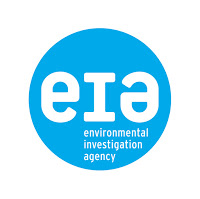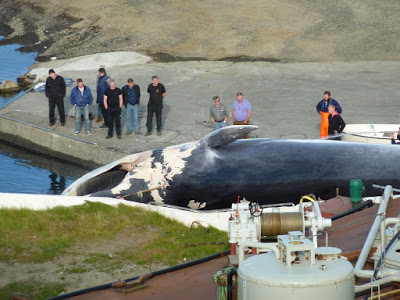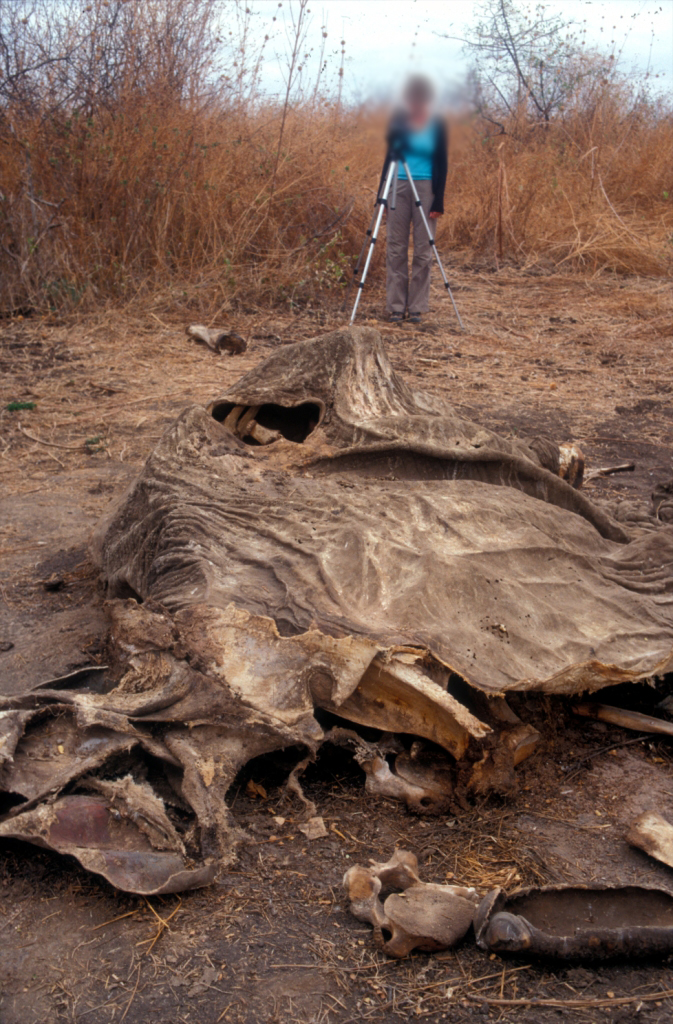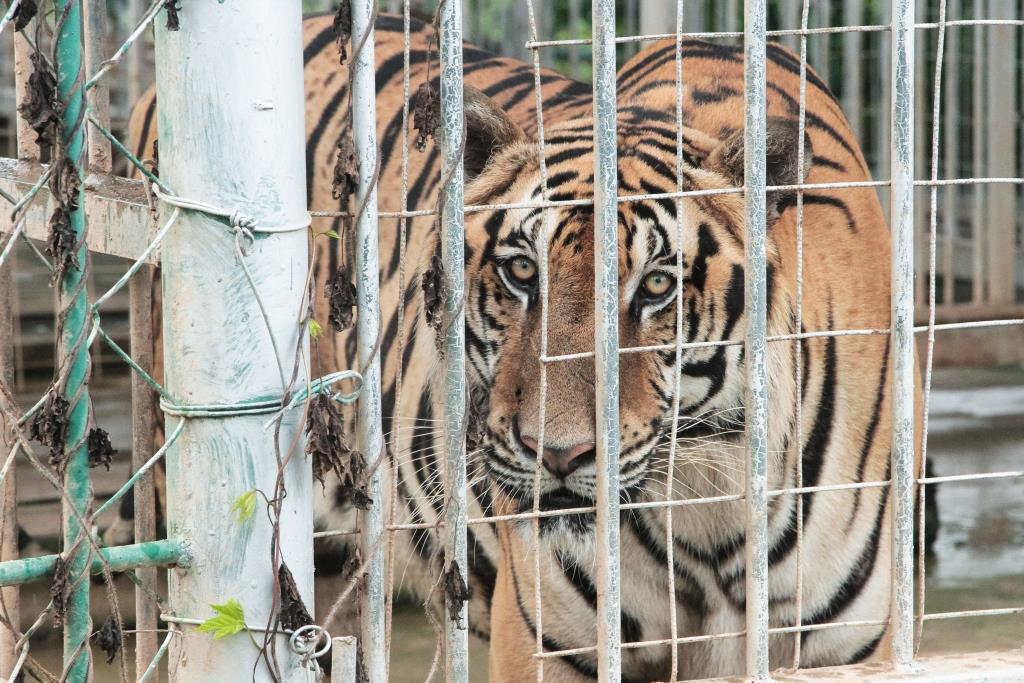EIA – for the protection of our environment

By Denise Nanni and Milena Rampoldi, ProMosaik. In the
following our interview with Paul Newman of EIA, struggling for the protection of
the environment, an important aspect of the struggle for human rights.
ProMosaik is convinced that the protection of the environment is fundamental to
protect human rights as well, not only in the developed countries, but in particular
in developing countries. Would like to thank Paul for the time he dedicated to
our team and for the photos he sent us.
How was EIA founded and in which context?
Environmental Investigation Agency (EIA) was founded in September 1984 by three
activists seeking to make a real difference.
Currey, Jennifer Lonsdale and Allan Thornton first teamed up in 1983 to
investigate, document and expose
Norwegian whaling aboard a repurposed North Sea fishing trawler. The huge
media impact made by their findings inspired the trio to embark on a second
investigation, into whaling
in the Faroe Islands, in August of 1984 and they formally set up EIA the
following month.
then, the organisation has grown into unique, manoeuvrable and hugely effective
organisation, driving changes in international law and putting the concept of
organised transnational environmental crime onto political agendas around the
world; in 1984, the very concept of organised
transnational environmental crime barely existed and certainly wasn’t taken
seriously – more than three decades of investigations and campaigns later, the
issue is now recognised around the world and by the United Nations as the
planet’s fourth largest crime stream, worth billions
a year and sustaining organised crime, fuelling corruption and conflict, and
financing other forms of serious crime.

Which actions do you undertake in order to struggle against environmental
crimes?
the very beginning, EIA pioneered the use of undercover investigations in the
environmental movement, a technique now employed as a key tool by other NGOs
around the world.
the years, EIA investigators have posed as illegal timber buyers, CFC brokers
and international ivory dealers, catching criminals on hidden camera and
building a comprehensive picture of sprawling criminal networks, returning with
the credible intelligence and persuasive imagery necessary to confirm the
findings of preliminary research and tip-offs in the field.
more complex and potentially dangerous cases see investigators setting up false
front companies and well-researched fake identities, allowing them to
infiltrate potentially criminal organisations and get close to the key
individuals suspected of involvement.
evidence is used by EIA to raise awareness and to advocate meaningful change
and policy reforms, lobbying those in power and producing authoritative reports
and compelling short films. It also identifies solutions to the problems exposed.

How do you advocate for environment protection at the
political level?
uses the information from its research and investigations to advocate policy
change to curb environmental crime. This aspect of EIA’s work includes
participating in relevant international meetings (such as the Convention on
International Trade in Endangered Species, Montreal Protocol, UN Convention on
Transnational Organised Crime) and developing relationships with national
government officials in key countries where EIA works.
Do you carry on awareness raising activities? If yes, how
has civil society been responsive so far?
regularly runs programmes to increase the capacity of civil society in those
countries where it works, training and equipping individuals and small groups
with the tools and resources need to conduct their own environmental
investigations as well as to carry out effective media engagement and awareness-raising
outreach.
addition, EIA is active across several social media platforms, including Facebook
and Twitter, to spread
awareness of its work and the broader issues of environmental crime.

Do you cooperate with local authorities and institutions? If
yes, how?
long worked closely with a number of other organisations, developing close
partnerships with local NGOs around the world as well as engaging with wildlife
and customs enforcement agencies at international and national levels; for
example, it provides hard intelligence to Interpol and the World Customs
Organisation, while its bespoke training films on illegal trades are used by
enforcement agencies worldwide.
also takes the findings of its investigations and suggested policy solutions to
a wide range of international bodies such as the Convention on Illegal Trade in
Endangered Species (CITES), the International Whaling Commission and the
Montreal Protocol.


